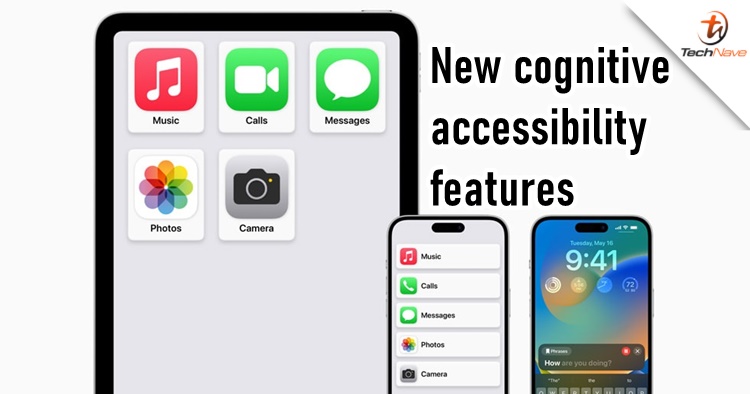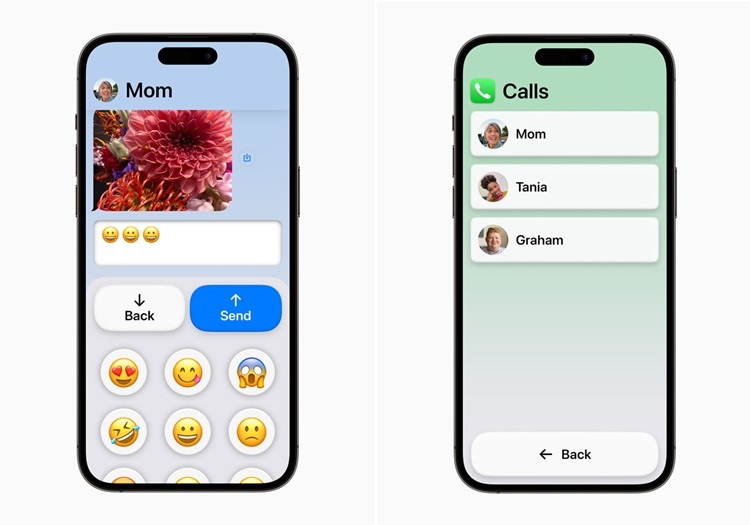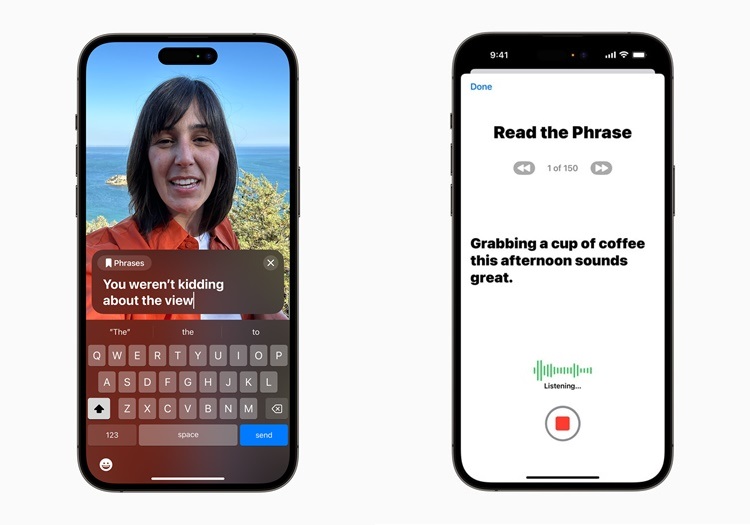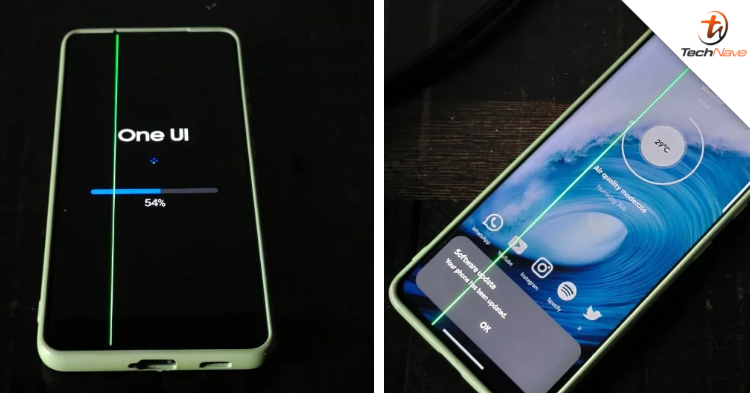
Today, Apple announced a few new accessibility features that can help people with special needs. This includes cognitive, vision, hearing, and mobility accessibility, alongside tools for individuals who are nonspeaking or at risk of losing their ability to speak.
In collaboration with community groups of users with disabilities, Apple will soon release Assistive Access. Designed for users with cognitive disabilities, they will soon be able to use iPhones and iPads easily. For example, allowing mute individuals to "speak" from typing during calls and conversations with Live Speech, as well as using Personal Voice to create a synthesized voice that sounds like them.

Assistive Access for Camera, Photos

Messages and Calls

Live Speech and Personal Voice
On the other hand, blind or low vision individuals can utilise Detection Mode in Magnifier offers Point and Speak. This feature can identify text users point toward and read it out, as well as interact with physical objects such as household appliances and others. Besides these, there are still many other features which you can check out below:
- Deaf or hard-of-hearing users can pair Made for iPhone hearing devices directly to Mac and customize them for their hearing comfort.3
- Voice Control adds phonetic suggestions for text editing so users who type with their voice can choose the right word out of several that might sound alike, like “do,” “due,” and “dew.”4 Additionally, with Voice Control Guide, users can learn tips and tricks about using voice commands as an alternative to touch and typing across iPhone, iPad, and Mac.
- Users with physical and motor disabilities who use Switch Control can turn any switch into a virtual game controller to play their favourite games on iPhone and iPad.
- For users with low vision, Text Size is now easier to adjust across Mac apps such as Finder, Messages, Mail, Calendar, and Notes.
- Users who are sensitive to rapid animations can automatically pause images with moving elements, such as GIFs, in Messages and Safari.
- For VoiceOver users, Siri voices sound natural and expressive even at high rates of speech feedback; users can also customize the rate at which Siri speaks to them, with options ranging from 0.8x to 2x.
So what do you think of these accessibility features? To read the full details, you can visit Apple's newsroom right over here.
















COMMENTS